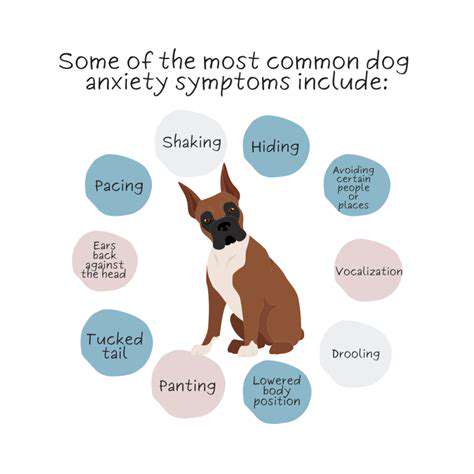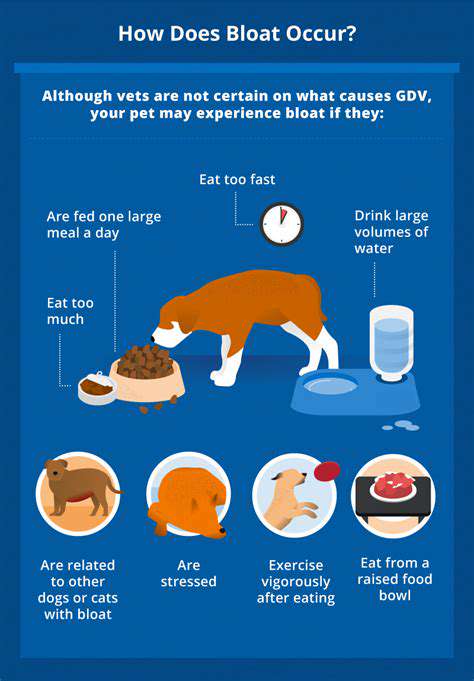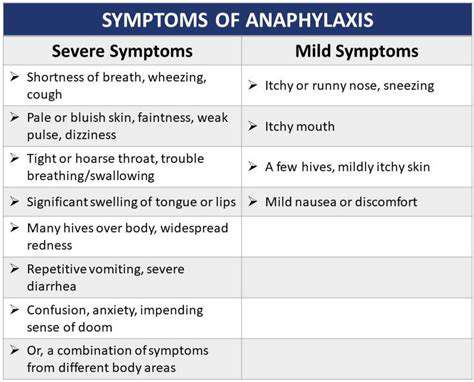Dealing with Dog Phobias: Thunderstorms and Fireworks

Managing Sensory Overload
Understanding Sensory Overload in Dogs
Dogs, like humans, can experience sensory overload, a state where the volume of incoming sensory information overwhelms their ability to process it effectively. This can manifest in various ways, from subtle changes in behavior to more pronounced distress. Understanding how sensory stimuli affect your dog, and what signs to look for, is crucial in helping them cope with situations like thunderstorms and fireworks.
Sensory overload is not a disorder, but a natural physiological response to excessive input. It's important to remember that dogs perceive the world differently than we do, and what might seem like a minor disturbance to us can be a major sensory assault to them.
Identifying Triggers for Sensory Overload
Thunderstorms, fireworks, and other loud noises are common triggers for sensory overload in dogs. However, other stimuli can also contribute, including strong smells, bright lights, or even certain textures. Identifying these triggers is the first step in helping your dog cope.
Pay close attention to your dog's reactions to different stimuli. Note the specific situations or events that seem to cause distress. This knowledge will help you understand your dog's unique sensitivities.
Recognizing the Signs of Sensory Overload
Recognizing the signs of sensory overload in dogs is essential for providing appropriate support. These signs can range from subtle changes in behavior to more pronounced distress. Common signs include panting, trembling, hiding, whining, excessive barking, pacing, and even aggression.
Be attentive to any changes in your dog's usual behavior. Even subtle changes can indicate that they're experiencing sensory overload. Familiarize yourself with your dog's normal demeanor so you can easily identify deviations.
Creating a Safe and Calming Environment
Creating a safe and calming environment for your dog during stressful events is crucial. This involves minimizing the sensory input they're exposed to. Consider using sound-dampening techniques, such as white noise machines, or creating a den-like space where they can retreat for comfort.
Providing a comfortable and secure space can significantly reduce anxiety. This space should be familiar, safe, and offer a sense of security for your dog.
Utilizing Desensitization and Counter-Conditioning Techniques
Desensitization and counter-conditioning are valuable techniques for managing sensory overload in dogs. Desensitization involves gradually exposing your dog to the trigger, while counter-conditioning involves associating the trigger with positive experiences. This process takes time and patience, but it can significantly reduce your dog's fear response.
Professional dog trainers can provide guidance on the best approach for your dog's specific needs. They can help create a tailored plan to address desensitization and counter-conditioning effectively.
The Importance of Professional Help
If your dog's fear response to sensory overload is severe or persistent, seeking professional help from a veterinarian or certified dog behaviorist is highly recommended. They can assess your dog's specific needs and provide tailored strategies.
A professional can provide an accurate diagnosis and recommend specific interventions to help your dog cope with their anxiety, ensuring their well-being throughout stressful events.
Long-Term Management Strategies
Managing sensory overload requires a long-term approach that goes beyond just the immediate event. Establishing calming routines, providing consistent reassurance, and ensuring your dog's basic needs are met can significantly reduce their overall stress levels.
Consistency is key. Establishing a predictable routine and a safe space will help your dog feel more secure and confident, reducing their anxiety in the long run. This will help prevent future episodes of sensory overload.
Read more about Dealing with Dog Phobias: Thunderstorms and Fireworks
Hot Recommendations
- Best Pet Bowls: Stainless Steel and Ceramic
- Pet Hydration: Why It's Crucial
- Stop Counter Surfing: Training Your Dog to Stay Off
- Pet Hypothyroidism: Symptoms and Management
- Signs of Pet Liver Disease: What to Watch For
- Pet Emergency Kits: What to Pack
- Dangers of Xylitol: Toxic to Dogs
- Dealing with Pet Diarrhea: When to See a Vet
- Preparing Pets for Travel: Tips for a Smooth Trip
- Pet Depression: Recognizing the Signs


